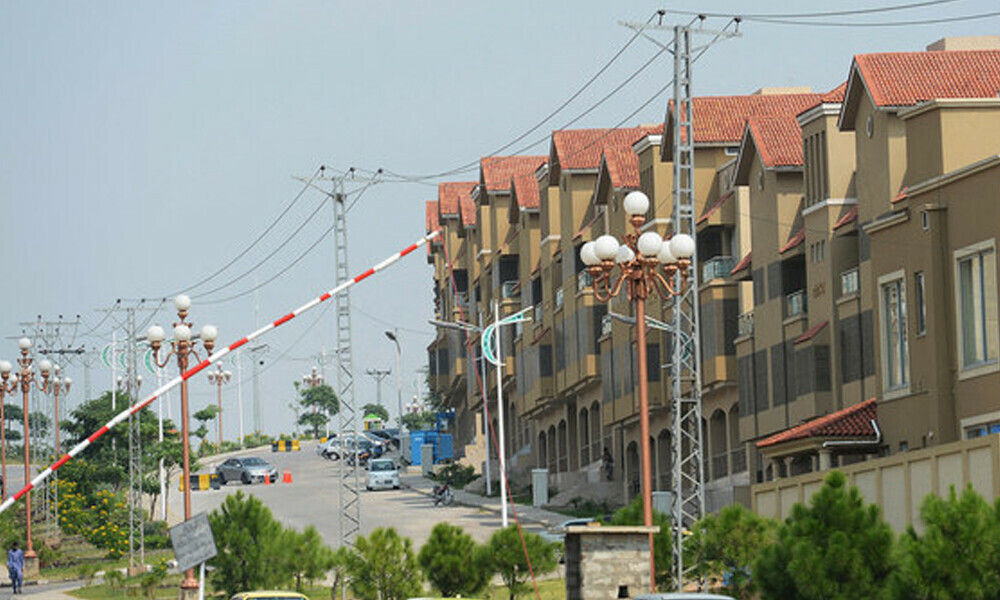American architecture is a rich tapestry woven from diverse cultural influences, historical contexts, and regional identities. From the humble farmhouse nestled in the heartland to the towering penthouses gracing the skylines of urban metropolises, the built environment of the United States reflects a dynamic evolution of styles, materials, and ideologies. This article delves into the multifaceted landscape of American architecture, tracing its journey from its agrarian roots to its contemporary expressions of luxury and innovation.
1. The Agrarian Heritage: Farmhouses and Rural Dwellings

The agrarian landscape of early America laid the foundation for its architectural identity. Farmhouses, characterized by their simple yet sturdy designs, emerged as the quintessential rural dwellings. These structures, often constructed from locally sourced materials such as timber and fieldstone, embodied principles of practicality and resilience. With features like pitched roofs, wrap-around porches, and functional layouts, farmhouses were tailored to the needs of agrarian life, providing shelter, warmth, and a sense of community to farming families across the nation.
2. Colonial Influences: Georgian and Federal Architecture
The colonial period introduced European architectural styles to American soil, leaving an indelible mark on the built environment. Georgian and Federal architecture, characterized by symmetrical facades, classical proportions, and ornate detailing, became synonymous with colonial elegance and refinement. From the grand plantation estates of the South to the stately row houses of New England, these architectural styles reflected the aspirations and social hierarchies of early American society, blending Old World traditions with New World sensibilities.
3. The Rise of Industrialization: Victorian Eclecticism
The advent of industrialization in the 19th century ushered in an era of architectural experimentation and eclecticism. Victorian architecture, marked by its eclectic mix of styles, ornamental excess, and technological innovations, embodied the spirit of progress and prosperity. From the Gothic Revival mansions adorned with turrets and gables to the Queen Anne cottages flaunting colorful exteriors and intricate detailing, Victorian architecture celebrated individuality and creativity, reflecting the diversity of American tastes and aspirations during the Gilded Age.
4. Modernism and the Bauhaus Influence
The 20th century witnessed a seismic shift in architectural paradigms, as modernism emerged as a dominant force in American design. Inspired by the principles of the Bauhaus movement, modernist architects championed simplicity, functionality, and the use of industrial materials. Bauhaus-inspired designs, characterized by clean lines, geometric forms, and open floor plans, sought to redefine the relationship between architecture and society, emphasizing efficiency, egalitarianism, and social progress. Iconic examples of modernist architecture in America include the sleek skyscrapers of New York City, the minimalist residences of California, and the innovative public housing projects of Chicago.
5. Contemporary Expressions: Skyscrapers and Luxury Living
In the 21st century, American architecture continues to evolve, embracing cutting-edge technologies, sustainability principles, and global influences. Skyscrapers, symbols of economic power and urban sophistication, dominate the skylines of major cities, pushing the boundaries of engineering and design. From the glass-clad towers of Chicago to the futuristic high-rises of Dubai, these architectural marvels redefine the possibilities of vertical living, offering panoramic views, luxury amenities, and eco-friendly features to discerning residents.
Analysis Table: Evolution of American Architecture
| Period | Architectural Style | Characteristics |
|---|---|---|
| Agrarian | Farmhouse | Simple, sturdy, functional |
| Colonial | Georgian, Federal | Symmetrical, classical, refined |
| Industrial | Victorian | Eclectic, ornate, expressive |
| Modernist | Bauhaus Influence | Clean lines, functionalism, industrial materials |
| Contemporary | Skyscrapers, Luxury Living | Cutting-edge, vertical, luxury amenities, sustainability |
Comparative Table: Regional Architectural Preferences
| Region | Predominant Style | Key Features |
|---|---|---|
| Northeast | Colonial Revival | Brick facades, gabled roofs, shuttered windows |
| South | Plantation Style | Wrap-around porches, columned facades, expansive lawns |
| Midwest | Prairie Style | Horizontal lines, low-pitched roofs, open floor plans |
| West Coast | Mid-Century Modern | Glass walls, indoor-outdoor integration, minimalist aesthetics |
| Southwest | Pueblo Revival | Adobe construction, flat roofs, exposed wooden beams |
Conclusion
American architecture is a vibrant mosaic of styles, periods, and influences, reflecting the nation’s diverse heritage and evolving identity. From the humble farmhouses of yesteryear to the towering penthouses of today, each architectural style tells a story of innovation, adaptation, and cultural exchange. By exploring the rich tapestry of American architecture, we gain insight into the values, aspirations, and collective imagination that shape the built environment of the United States.



